Pulmonary circulation
Eva Rudolf-Müller is a freelance writer in the medical team. She studied human medicine and newspaper sciences and has repeatedly worked in both areas - as a doctor in the clinic, as a reviewer, and as a medical journalist for various specialist journals. She is currently working in online journalism, where a wide range of medicine is offered to everyone.
More about the experts All content is checked by medical journalists.The pulmonary circulation or small blood circulation is the part of the blood circulation that begins in the right heart, runs through the lungs - where the blood takes in oxygen and releases carbon dioxide - and ends in the left atrium. Find out everything you need to know about pulmonary circulation here!
This is how the pulmonary circulation works
The pulmonary circulation together with the great or body circulation forms the human blood circulation. It begins in the right heart: the oxygen-poor and carbon dioxide-laden blood coming out of the body is pumped through the right atrium and the right ventricle into the pulmonary trunk (pulmonary trunk or pulmonary artery). This splits into the right and left pulmonary arteries, which branch out into ever thinner vessels up to the capillaries. These delicate blood vessels surround the more than 100 million air-filled alveoli (alveoli) like a network. This is where the gas exchange takes place: carbon dioxide is released from the blood into the alveoli through the thin wall between the alveoli and the capillaries and then exhaled through the breath.
Conversely, the oxygen absorbed with the breath reaches the bloodstream from the alveoli and is bound to the red blood pigment (hemoglobin) for further transport. The now oxygen-rich (oxygenated) blood then returns to the heart via several pulmonary veins, namely to the left atrium and further into the left ventricle. From here it is pumped into the main artery (aorta) and further into the whole body (circulatory system or large bloodstream).
Part of the low pressure system
The small blood circulation belongs to the so-called low-pressure system, in which the pressure in the vessels is significantly lower than in the high-pressure system: the resistance of the vessels in the low-pressure system is only about 1/10 of the peripheral resistance in the body's circulation. This difference is also reflected in the blood pressure: While the normal resting blood pressure in the great circulation is 120/80 mmHg, it is only 20/8 mmHg in the pulmonary circulation.
The fetus does not yet have pulmonary circulation
There is a special feature of the unborn child: the blood of the fetus is enriched with oxygen not in the lungs but in the maternal placenta (which the child does not yet breathe). There is also a bypassing of the pulmonary circulation via the Ductus arteriosus Botalli, a direct connection between the Truncus pulmonalis and the aorta. In the heart itself there is also an opening between the right and left atrium (foramen ovale), through which the blood is conducted via the umbilical vein past the pulmonary circulation.
Pulmonary circulation problems
In pulmonary hypertension, the blood pressure in the pulmonary circulation is chronically increased (pulmonary hypertension). The right heart has to use more force in order to be able to pump blood into the pulmonary circulation, which is backed up by the increased resistance in the pulmonary vessels. Excessive stress on the right ventricle leads to wall thickening (hypertrophy) and / or widening (dilatation) - a cor pulmonale (lung heart) develops.
Pulmonary hypertension is usually caused by other diseases such as chronic heart diseases (such as left heart failure) or lung diseases (such as COPD, pulmonary embolism, pulmonary fibrosis). The chronic increase in blood pressure in the pulmonary circulation occurs very rarely as an independent disease.
Tags: sports fitness anatomy skin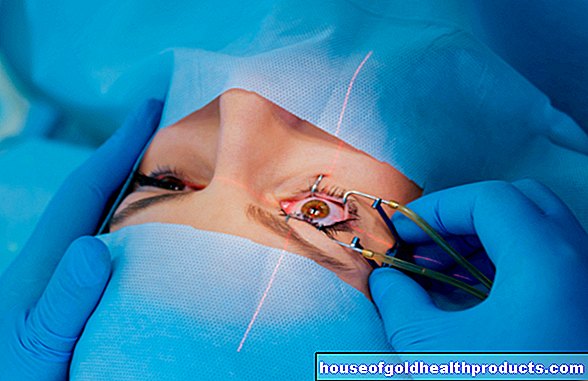



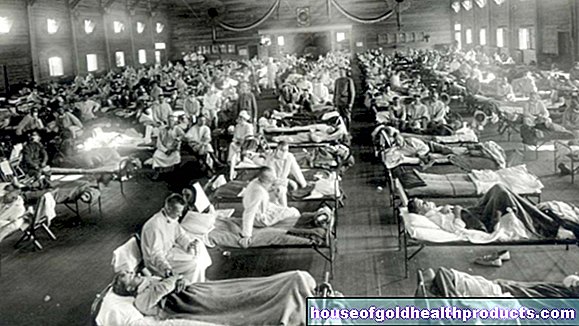




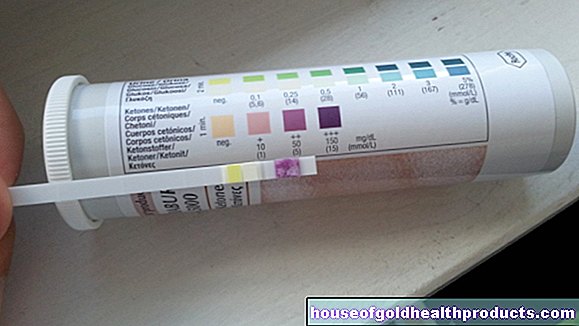




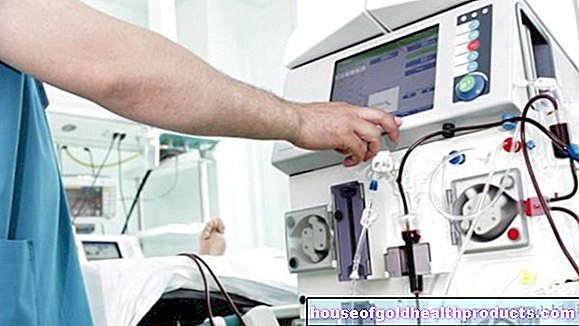

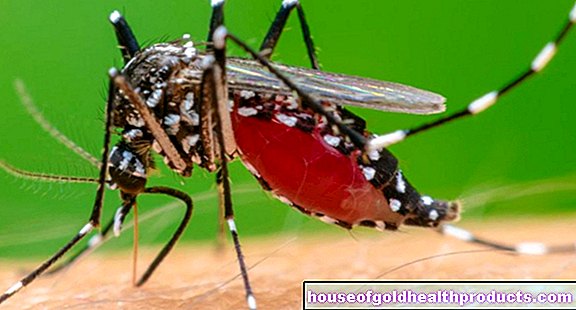

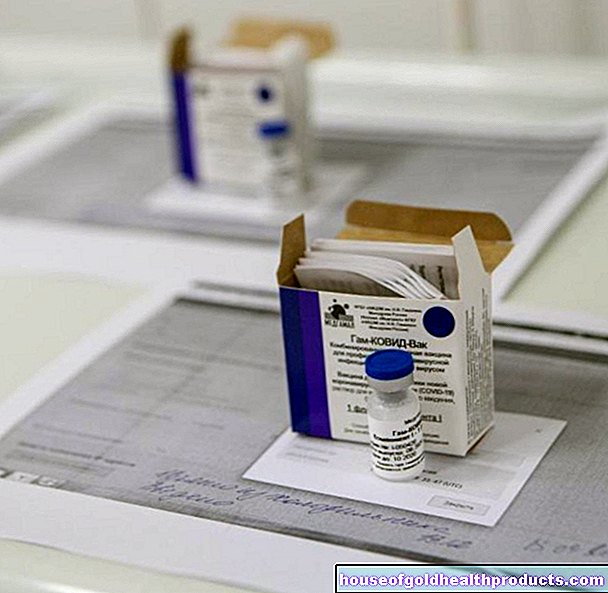
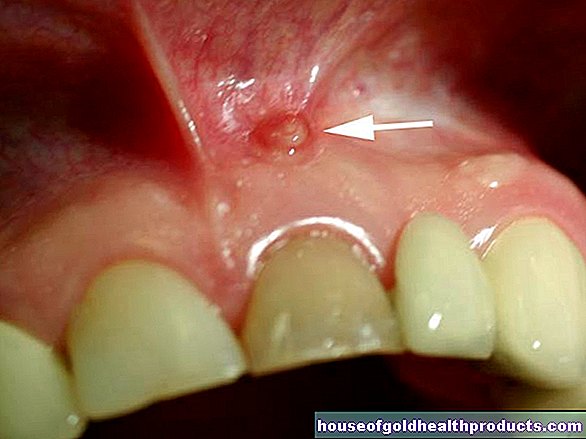





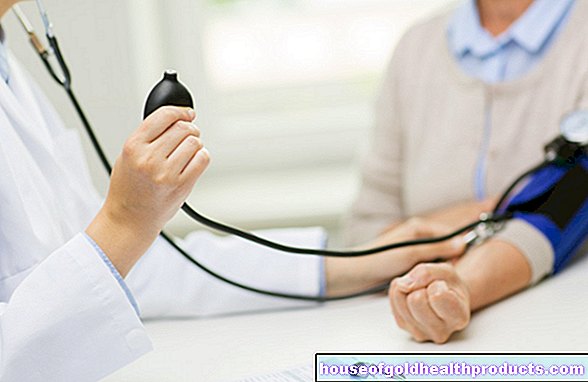

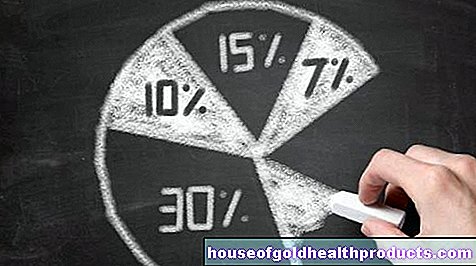
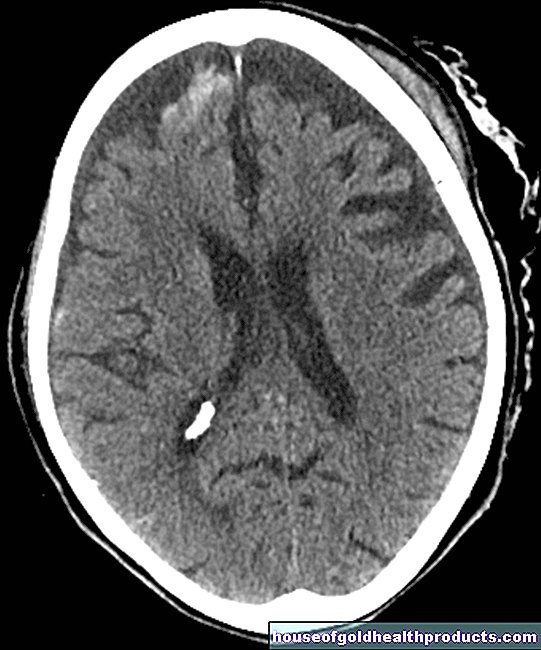

.jpg)